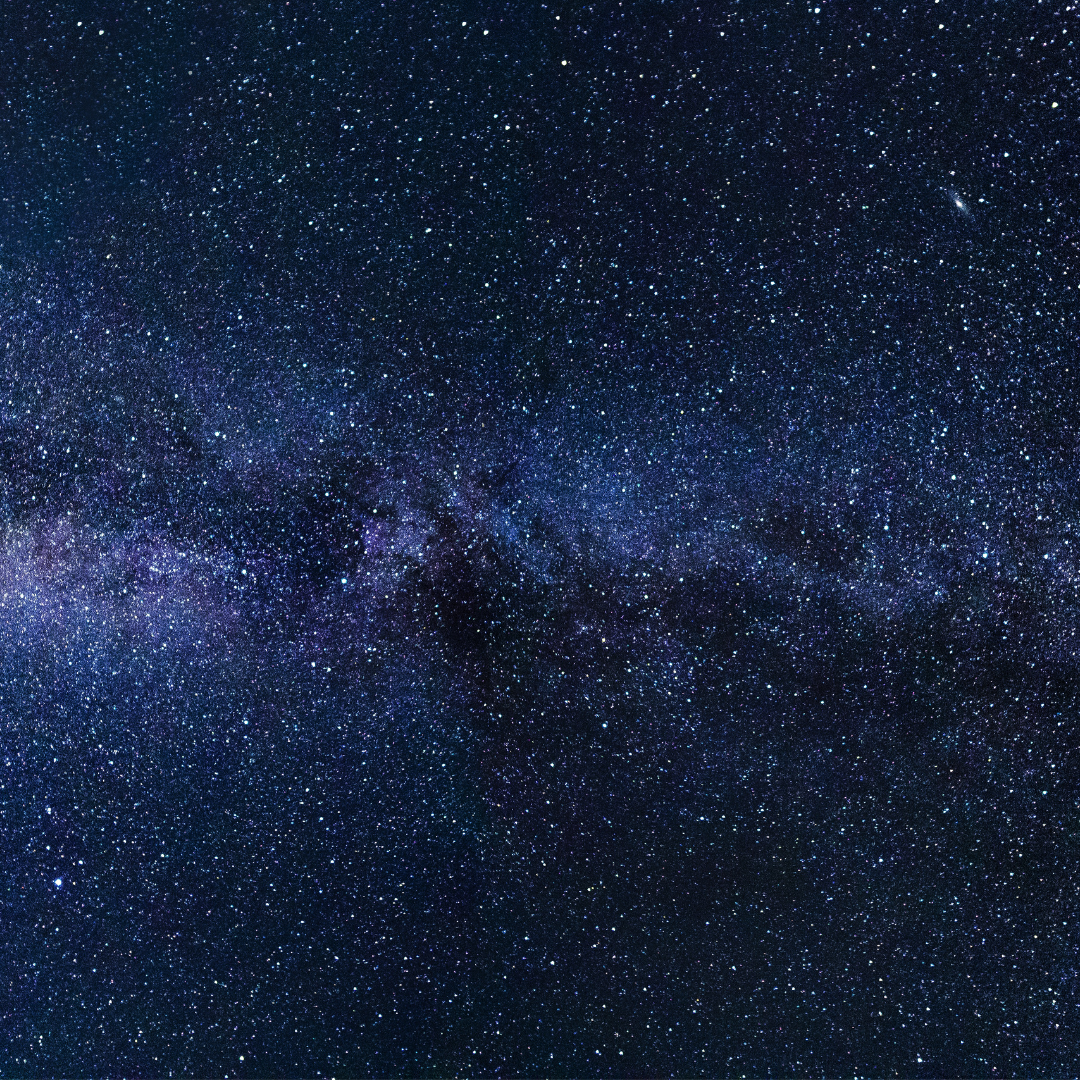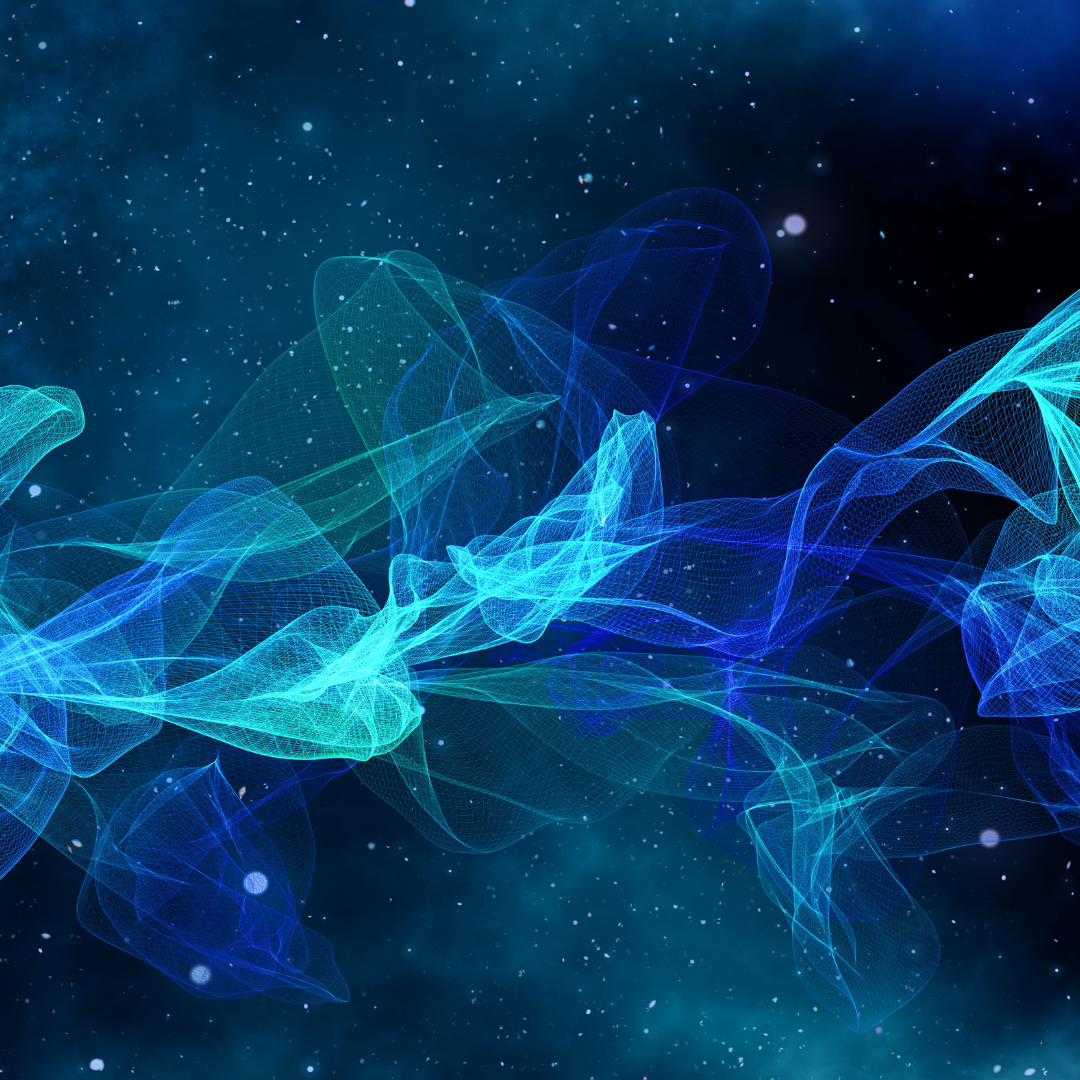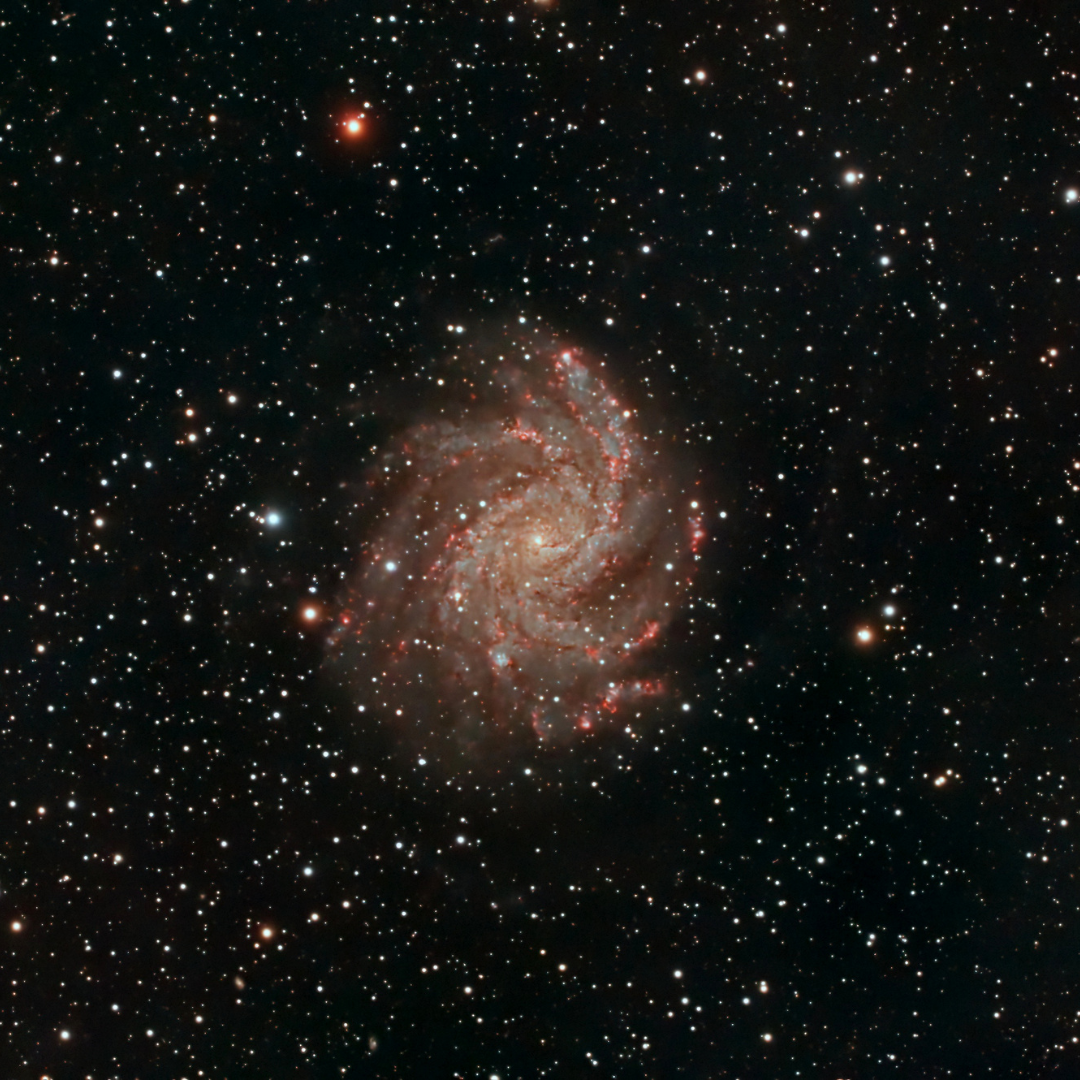

Energy is the invisible thread that weaves the fabric of our universe, shaping everything from the smallest subatomic particles to the grandest celestial phenomena. In physics, energy is the capacity to perform work or produce change. Many spiritual traditions revere energy as the vital life force, whether as Prana, Qi, or Mana. It connects individuals to the cosmos and sustains all life.
In this article, we explore the scientific principles, spiritual beliefs, and theories that redefine our understanding of energy. From Einstein’s mass-energy equivalence to the observer effect and spiritual notions of a universal life force, we uncover how energy shapes reality and why it might be the key to understanding everything.

Energy is a fundamental concept in physics, defined as the capacity to perform work or produce change. It manifests in various forms, including kinetic energy (associated with motion), potential energy (related to position or configuration), thermal energy (heat), chemical energy (stored in chemical bonds), and nuclear energy (contained within atomic nuclei).
A key principle governing energy is the law of conservation of energy, which states that energy cannot be created or destroyed, but can only transform from one form to another.
For example, when a box slides down a hill, the potential energy that the box has while sitting high on the slope is converted to kinetic energy once it starts sliding down. As the box slows to a stop through friction, the kinetic energy from the box’s motion is converted to thermal energy that heats the box and the slope.
Albert Einstein’s mass–energy equivalence principle, the equation E=mc², shows the relationship between mass and energy. Mass can be converted into energy and vice versa, as observed in nuclear reactions where a small amount of mass transforms into a significant amount of energy.
While energy is a fundamental aspect of the universe, this principle doesn’t imply that everything is solely made of energy. It suggests that matter and energy are interrelated; matter can possess energy, and energy can manifest in forms that involve matter. However, they are not identical; matter consists of particles with mass, whereas energy is a property that these particles can have or transfer.
The building blocks of matter are particles and waves. A particle is a source with nothing around it, whereas a wave is all around but lacks a source. For decades, this understanding of mass versus energy was the standard. Recent research and theories could suggest another way to look at energy, however.
What if instead of being made of particles or waves, matter was composed of fragments of energy that flow through space and time?
Larry M. Silverberg, Professor of Mechanical and Aerospace Engineering at North Carolina State University, and his research partner Jeffrey Eischen proposed that energy fragments might be the building blocks of matter.


They say that these fragments of energy are a new building block, combining properties of both particles and waves. Unlike traditional views that matter consists of only particles or waves, their theory suggests that matter and energy are interconnected through flows and concentrations of energy that fill space and time.
The two researchers define energy: “Think of energy as made up of lines that fill up a region of space and time, flowing into and out of that region, never beginning, never ending and never crossing one another.”
For Silverberg and Eischen, the flow is key; it forms the foundation of all physical phenomena. Their energy fragments are both localized (like particles) and spread out over space and time (like waves). They can also model both the smallest and largest scales—which is where traditional particle and wave models break down.
By introducing energy fragments as the fundamental building blocks, this approach provides a unified framework that accounts for the dual nature of quantum entities. Instead of switching between particle and wave descriptions based on experimental setups, energy fragments encapsulate both aspects simultaneously.
Adopting the energy fragment model could offer a more cohesive understanding of quantum phenomena. It could potentially resolve paradoxes that come from the traditional wave-particle duality concept.
At the most fundamental level, everything in the universe is composed of energy—but this idea challenges traditional perceptions of physical reality. We already saw how energy fragments might be the building blocks of matter with Silverberg and Eischen’s study. This isn’t the only evidence that everything is energy, however. Let’s look at some other key concepts to uncover why energy is in everything.
Advancements in quantum physics have revealed that particles such as electrons and quarks lack physical size and internal structure, suggesting they are manifestations of energy rather than tangible matter.
Phenomena like wave-particle duality and superposition show that particles can exhibit both wave-like and particle-like properties and exist in multiple states simultaneously, further supporting the idea that everything is fundamentally energy.
Experiments have demonstrated that the act of observation can influence the behavior of particles, meaning they’re not inherently physical but manifestations of energy that depend on observation. When unobserved, particles exhibit wave-like behavior, spreading out and existing in a state of probability (a superposition of all possible states). When observed or measured, the wave collapses into a definite state, such as a particle at a specific location.
Before observation, what exists is not matter in the classical sense but energy fields or probabilities. This challenges the traditional scientific notion of an objective, observer-independent reality and aligns with the idea that the universe is fundamentally made of energy rather than solid matter.


Entanglement shows that particles (often thought of as the building blocks of matter) don’t behave as isolated, independent objects. Instead, they’re connected through invisible, energy-based relationships that transcend physical space.
Quantum field theory, which underpins our understanding of entanglement, describes the universe as composed of continuous energy fields. Particles are excitations or ripples in these fields rather than discrete, standalone objects. These particles can also influence each other.
In physics and cosmology, some theories propose that the universe is fundamentally composed of information rather than material substance. Energy carries information. For example, light waves (a form of energy) carry information about the objects they reflect off of or pass through. DNA stores biological information using molecular energy. Quantum systems store and process information through energy states.
The concept of “information as reality” supports the idea that everything is energy because energy and information are inseparably linked. Information defines how energy exists and interacts, while energy acts as the carrier of this information. Together, they form the fabric of reality.
To deepen your understanding of how everything is energy, we also need to address where energy comes from. Energy is a fundamental aspect of the universe that originates from multiple sources:


The Big Bang theory, mass-energy equivalence, and stellar fusion describe energy’s physical origins. But spiritual traditions attribute the origin of life force to divine or universal sources, such as the Tao, the Supreme Being, or cosmic creation.
While science uses empirical methods and spirituality uses metaphysical principles, both search for a greater understanding of the universe’s fundamental essence. Here’s what some of the world’s major spiritual traditions have to say about the origins of energy.
The concept of energy fragments proposed by Silverberg and Eischen emphasizes the idea of energy as flows through space and time, forming the basis of physical phenomena. Many spiritual traditions (e.g., Prana, Qi, Ki, Mana, Aṣẹ) describe energy as a vital life force that flows through individuals and the universe as well.
It’s clear that energy, whether defined by science or spirituality, is a dynamic force that can move and transform.
Understanding that everything is fundamentally composed of energy has profound implications for human health. This perspective suggests that health is not solely determined by physical factors but also by the quality and balance of the body’s energy fields. By harmonizing these energy fields, we can promote overall well-being and address various health concerns.
Leela Quantum Tech harnesses the concept of quantum energy to develop products aimed at enhancing health by optimizing the body’s energy balance. For example, the H.E.A.L.® 360 Capsule enhances overall well-being by stimulating self-rejuvenation. Another way to use quantum energy for health is by charging food and water with the Quantum Bloc.
By incorporating quantum energy products into daily routines, you can truly see how everything is energy. Harmonizing your personal energy fields can potentially lead to improved health outcomes, increased resilience, and a greater sense of well-being.

Energy is not just a scientific concept or a spiritual metaphor—it’s the unifying force that connects all aspects of the universe. From the scientific breakthroughs of Einstein’s mass-energy equivalence to the quantum revelations of wave-particle duality and entanglement, we see that matter and energy are deeply intertwined. They challenge the very nature of what we perceive as reality. Similarly, spiritual traditions across cultures have long recognized energy as the life force flowing through all beings, guiding growth, transformation, and connection.
In embracing this dual perspective, we can deepen our appreciation for the interconnectedness of all things and harness the power of energy. It can also inspire a more holistic understanding of reality and our place within it. Everything is energy, and in that realization lies the potential to transform not only our knowledge but also our lives.